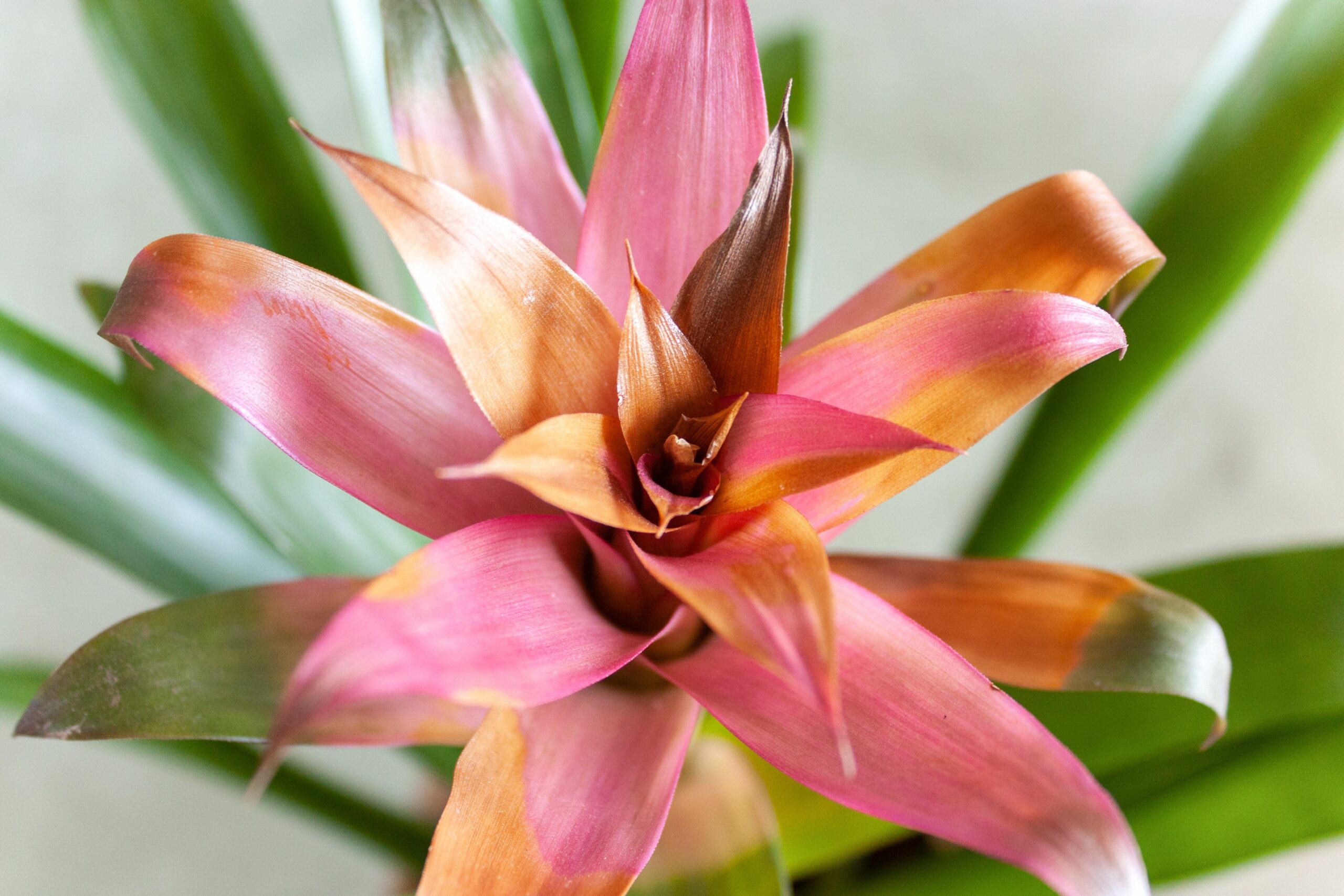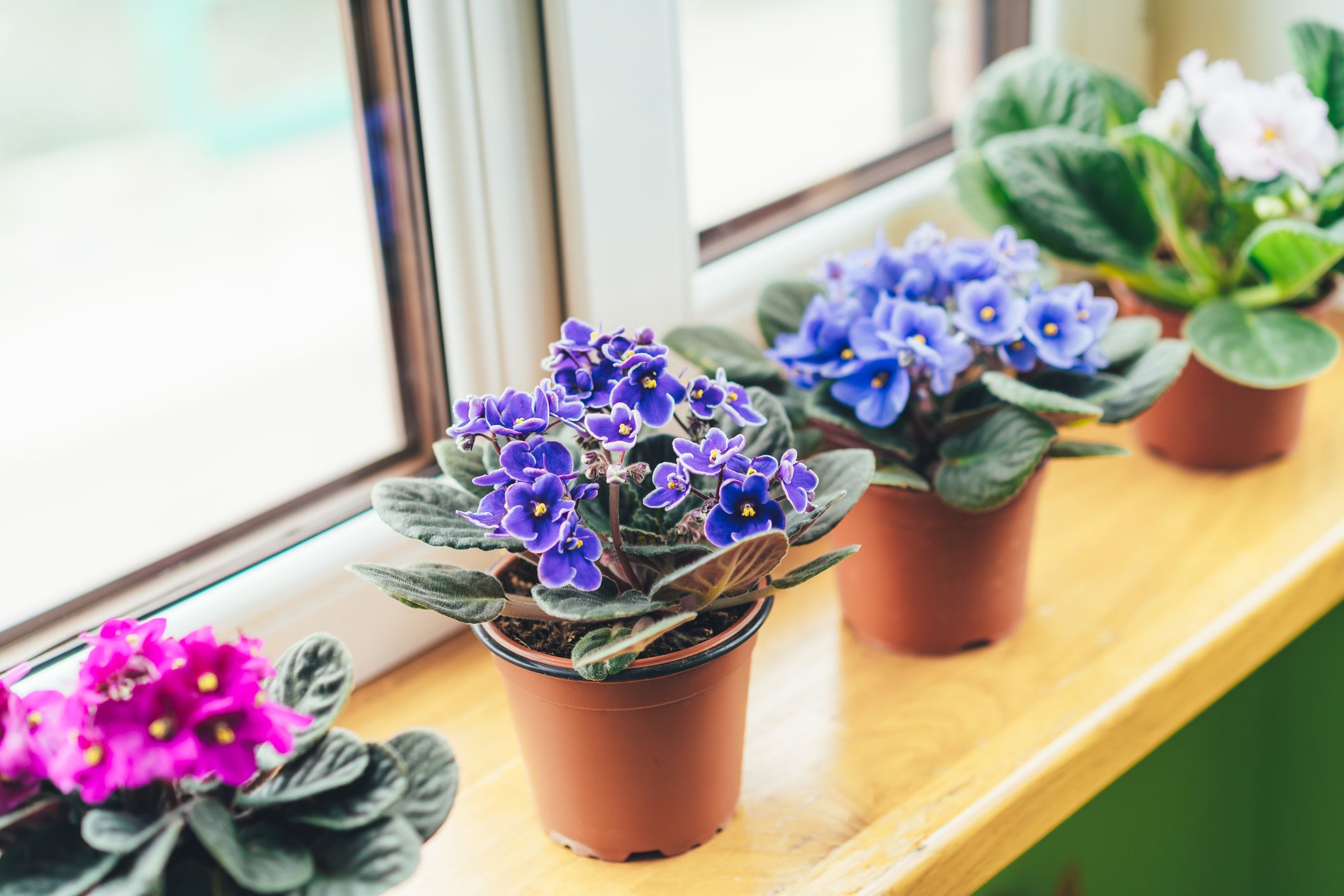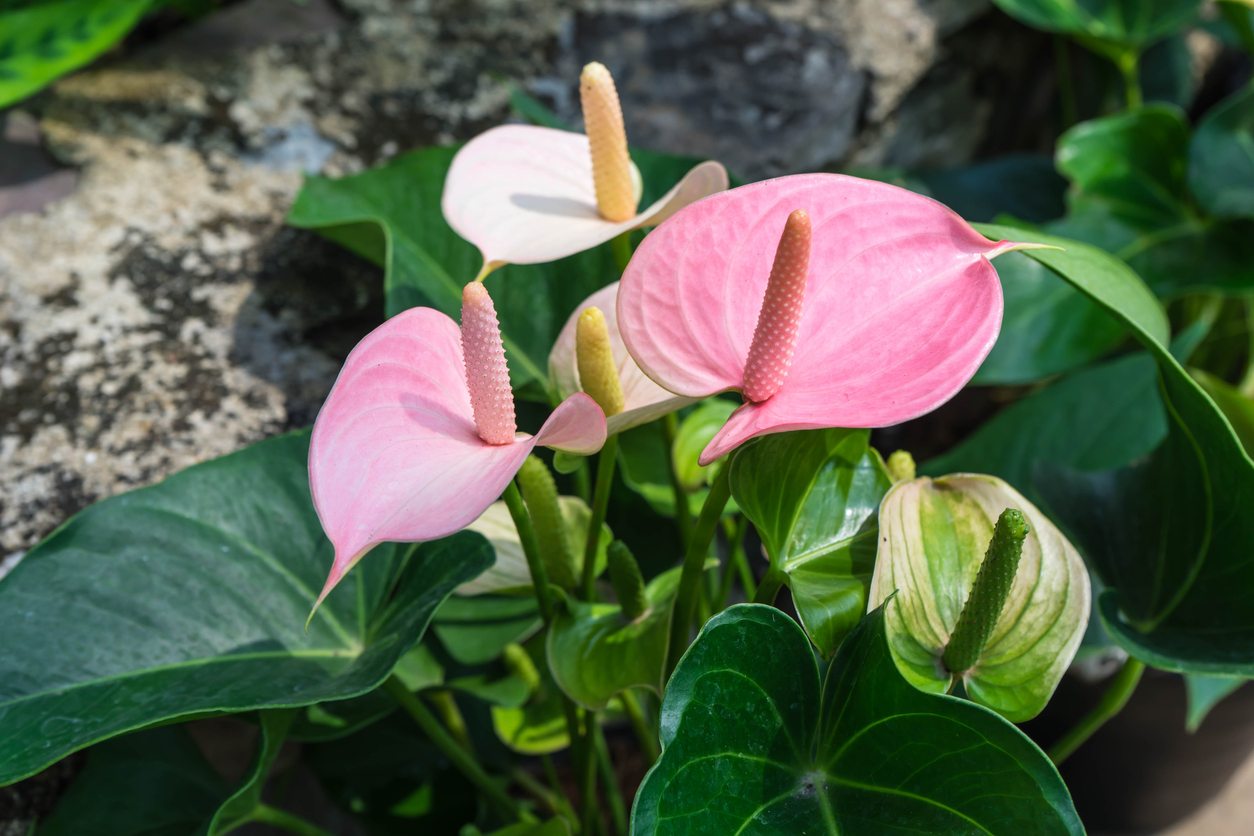We occasionally recommend products we love and might be paid a share of the sale.
Indoor gardening evolved as one of the trending activities especially during the period of Coronavirus-related restrictions when the entire human civilization lived and breathed indoors. Gardening is regarded as one of the most productive activities that can have calming and stress-reduction effects. Moreover, another noticeable benefit of the indoor gardening activity is that it can enhance the aesthetic value of the space. There are certain factors that you need to get right for a bountiful and prosperous indoor garden. Moreover, it has been scientifically proven that indoor gardening can lead to increased focus and concentration and is beneficial for better mental and physical health.
There is a wide range of indoor gardening options. To begin with, you might consider having a muddy patch indoors for growing microgreens. However, the best-looking indoor gardens are the ones that consist of flowering plants. The dynamic spectrum of colors that these flowering plants can bring with themselves can paint your indoors beautifully. However, there are certain environmental conditions that you need to provide to the plant so that it can produce the best results. Therefore, let us look at some of the best flowering indoor plants and the way to grow them.
1. Bromeliads
The Bromeliads have originated from Central and South America. They make wonderful pieces of houseplants. The plant is available in a range of varieties and is considered one of the best flowering plants. This is because these plants can be grown in dimly lit corners of the indoor space. The plant has a unique shape and comes with uniquely colored flowers in a dynamic range like white, pink, orange, yellow, and purple. Let us look into the steps for growing bromeliads.
- Bromeliads prefer indirect light and thrive in the shade.
- Bromeliads should be planted in potting soil mixed with bark and perlite.
- The plants prefer a constant humidity of around 60%.
- It is also crucial to remember that Bromeliads cannot withstand temperatures lower than 60 degrees Fahrenheit.
2. Phalaenopsis
Phalaenopsis is one of the most popular houseplants because of the ease of growing and maintenance that they pose. This means that the plant does not need direct light and can be grown in dimly lit areas of the room. It grows to be a beautiful plant with elegant flowers. The plant can be found in a variety of types and can be placed just about anywhere like on the book shelf or anywhere else. Let us look into the steps for growing Phalaenopsis.
- Phalaenopsis cannot withstand direct sunlight. The plant prefers indirect light and can be kept in a partly shaded or completely shaded area.
- The plant will also not be able to grow in normal potting soil and requires bark as a growing medium.
- Moreover, the plant requires water once a week on average.
- The plants prefer humidity of above 50%.
- It is crucial to keep the plants away from air vents and heaters for better growth.
3. Christmas Cactus
The Christmas cactus is the sole reason for many gardeners to have started with the passion of indoor gardening. The plant is one of the most famous houseplants and is known for the sheer beauty of the flowers. The plant cannot tolerate bright direct light and prefer shaded areas. Moreover, the plant does not require intensive maintenance and can result in long-lasting blooms. Let us look into the steps for growing the Christmas cactus.
- The plant will not be able to withstand direct light and prefers indirect to low light systems.
- The plant has low water requirements and should be watered once a week.
- One of the best ways to understand is by checking whether the outer layer of the plant is shriveling as this would mean that it is under-watered.
- Moreover, if it is plump and soft the plant is being overwatered.
- It is crucial to remember that the pot should not be turned, as the plant prefers light from a fixed direction.
4. Gloxinia
The plant has its origins in South America and can thrive in an area, which does not need much light. This makes them another popular houseplant. Another unique feature of the plant is that it has bright-colored flowers that can enhance the beauty of the space. The flowers come in a range of colors and some even have petals painted with two different colors. Let us look into the steps for growing Gloxinia.
- The plant cannot withstand direct light.
- Brown spots on the plant will mean that you overwatered it. Therefore, water the plant as much as it needs.
- It is crucial to remember that you should not wet the leaves of the plant.
5. African Violet
The plant has its origins in Africa and is one of the best low-maintenance humble houseplants that one can get. They are small in shape and size and can be grown easily. The plant can be grown in areas that receive indirect light and come with fleshy leaves, which add to the beauty of the place. Let us look into the steps for growing African Violet.
- The flowering houseplant will not be able to withstand direct bright light except for the early morning and late evening exposures for a short while.
- It is crucial to remember that the plant is more prone to leaf rot. Therefore, it is recommended to water the plant from the bottom.
- If the stems start thinning, then that will mean the plant should be exposed to more light.
- They are root-bound plants and should not be repotted often.
6. Clivia
This is another popular houseplant and can enhance the aesthetic value of the space with the help of beautiful leaves and tubular lustrous flowers. Clivia has its origins in South Africa. The flower comes in a dynamic range of colors from light yellow to red. The houseplant can adapt to dimly-lit conditions and needs low maintenance. Let us look into the steps for growing Clivia.
- Clivia cannot withstand direct light.
- The plant prefers shaded places.
- Clivia should be left in the shade from November to February at a temperature between 50 to 55 degrees Fahrenheit.
- It is crucial to remember that the plant is root-bound and should not be repotted if necessary.
- The plant does not prefer excess water and should be watered only when the soil is partially dry.
7. Brazilian Fireworks or Porphyrocoma pohliana
This is one of the best-known houseplants as it can enhance the beauty of the indoor space by brightening up the room. It has an averagely large shape and size and comes with dichromatic pointed leaves. Moreover, the plant comes with beautiful red and purple colors. The unique feature of the plant is that it has repeated blooming sessions throughout the year. Let us look into the steps for growing Brazilian Fireworks.
- The flowering plant prefers partially shaded to fully shaded positions. The plant should be placed in the East.
- It is crucial to remember that the plant has to be watered regularly or twice a week. A rule of thumb is to water the plant when the topsoil dries out.
- Moreover, apply fertilizer to the plant-soil once a month.
8. Anthurium
Anthurium is one of the most popular choices for room decoration. It has wide waxy leaves and comes with flowers that have dynamically colored spathes like red, pink, and white. The plant also has its origins in Central and South America. One of the greatest features of the plant is that each blooming flower can last up to three months.
- The plant can grow in an indirect light range between bright to dim.
- The leaves of the Anthurium should be cleaned regularly. This will preserve the glossy look of the plant leaves and open the pores for breathing.
- The plant prefers moist soil.
- You can pick the flowers after wilting so that new blooms are encouraged.
9. Peace Lily
This is another stunning houseplant, which should be a part of your indoor garden. It can beautiful flowers with solitary petals. They can be grown in dimly lit areas and require medium maintenance. Let us look into the steps for growing Peace Lily.
- The plant can grow in an indirect light range between bright to dim.
- Peace Lily is a sensitive plant and if the plant has drooping leaves, then it means that some adjustments have to be done in regards to watering or lighting.
- It prefers high humidity and should not be watered with chlorinated or fluorinated water.
10. Cyclamen
Cyclamen blooms in the winter and does not require much light to grow. They make great houseplants and produce the most beautiful flowers. They can be placed in any place like bookshelves and office desks. Let us look into the steps for growing Cyclamen.
- Cyclamen prefers bright indirect light.
- Cyclamens are sensitive plants and can be in shock when the climate is changed.
- It is crucial to remember that the plant has to be kept within a temperature range of 40 to 50 degrees Fahrenheit.
Conclusion
These are the best indoor garden flowering plants. Most of the plants prefer lightly shaded to bright indirect light and require low maintenance. Therefore, go to the local nursery and buy the best houseplant that will enhance your home.
A rotating team of writers and editors dedicated to providing reliable information for the readers of American Promise. We’re all passionate about cannabis and actively engaged in this “budding” industry.
Contents




